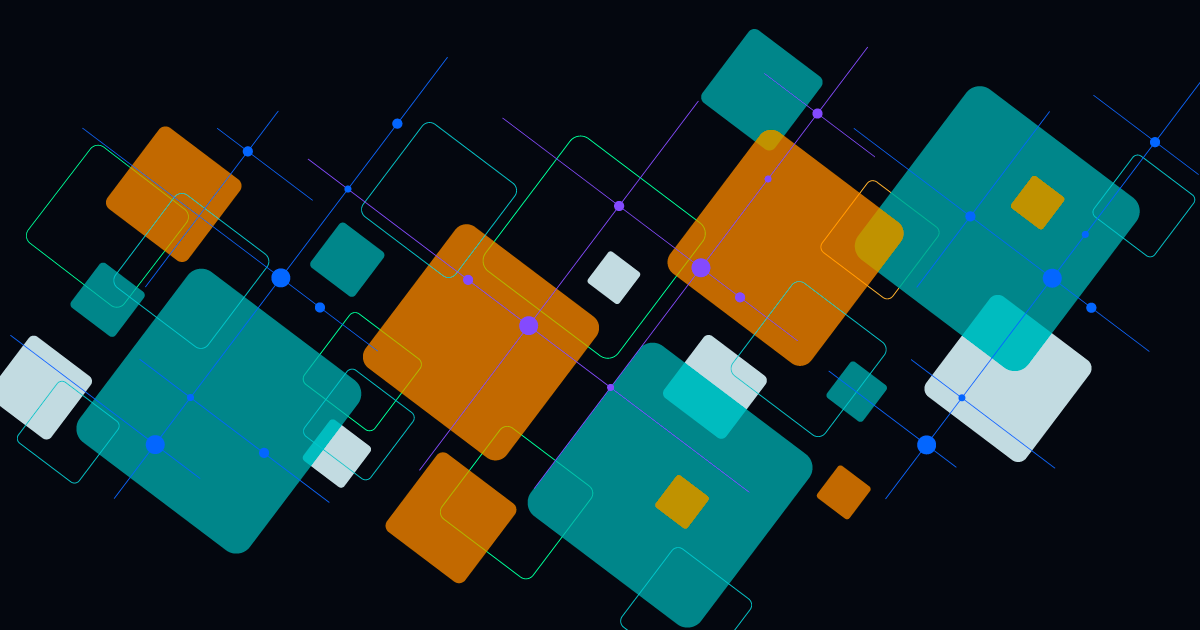
The AIOPs and Automation Handshake: Managing the Modern IT Stack
Subscribe to receive the latest content and invites to your inbox.
To increase business agility, IT organizations are deploying dynamic, modern architectures enabled by virtualization technologies. That includes containers, elastic clouds, microservices, and virtual machines.
If you are rethinking your IT stack, you must also reconsider its management. IT operational silos limit business velocity. If you are using more than 6-10 tools to manage and monitor your workloads across the different environments, you are likely using domain-centric tools, which provide a deep view into a specific domain, but lack the ability to provide a correlated, end-to-end view across the entire domain.
That's a problem because cross-domain data collection, correlation, and visibility are key. They can enable you to track transaction problems like failed e-commerce orders to infrastructure issues like a network problem, for example. As a result, most enterprises suffer longer mean time to repair (MTTR).
So, what does it take to efficiently manage the "modern IT stack"?
It's a three-step process: Observe > Engage > Act.
Observe
Whatever the data or source, speed is key to the observation part of the process. The data must be collected in near real time. Performance- and health-related information is collected from hundreds of sources.
Successful AIOps platforms leverage a combination of mechanisms to collect data from a multi-domain and multi-vendor environment. That environment may include an array of containers, hypervisors, network and storage solutions, public cloud, and other technologies and architectures.
Engage
Even if there is an influx of a few 100 alerts, they need to be triaged to identify which ones require attention. The alerts identified must also be recorded using ITSM platforms as the system of record. ITSM activities, such as asset management, change management, and incident management all help to ensure there is an accurate audit of events.
Act
Once the alerts are triaged, and the appropriate ones are identified and recorded, it's time to act on them. Troubleshooting and understanding what caused the alert and what its implications are must be performed across complex IT infrastructures that encompass fragmented and distributed multi-vendor, multi-domain technologies, including legacy, virtualization, hybrid cloud, containers, and microservices.
The Handshake
Automation and AIOps can form a powerful partnership, creating a seamless handshake that optimizes the incident management and resolution process across a broad spectrum of scenarios, from best-case auto-remediation to worst-case diagnostics and escalation. Let's take a deeper dive into each of these possible outcomes below.
Best Case Scenario: Auto-Remediation of Alerts
In the best-case scenario, when an AIOps platform identifies an alert indicating a potential issue within the IT infrastructure, automation can swiftly spring into action to auto-remediate the problem. This process involves predefined automated responses or actions triggered by specific alert conditions.
For example, if the AIOps system detects a server experiencing high CPU usage, automation scripts can be programmed to automatically scale resources, redistribute workloads, or restart services to alleviate the issue before it impacts end-users.
By automating the remediation process, organizations can achieve faster incident resolution, minimize downtime, and reduce manual intervention, freeing up InfraOps teams to focus on higher-value tasks.
Worst Case Scenario: Comprehensive Diagnostics and Escalation
In more complex or severe situations where auto-remediation is not feasible or advisable, automation can collaborate with AIOps to facilitate comprehensive diagnostics and escalation procedures.
Upon detecting a critical alert, the AIOps platform can trigger automated workflows to perform in-depth root cause analysis (RCA) and gather relevant diagnostic data from across the IT environment. Automation scripts can execute predefined diagnostic procedures, such as querying log files, analyzing performance metrics, or conducting network traces, to pinpoint the underlying cause of the incident. Based on the findings, the automation system can then orchestrate the escalation of the incident to the appropriate teams or stakeholders for further investigation and resolution. This could involve automatically creating incident tickets, notifying on-call responders, or initiating conference bridges for collaborative troubleshooting efforts.
By leveraging automation to streamline diagnostic workflows and facilitate timely escalation, organizations can accelerate the incident resolution process, reduce mean time to repair (MTTR), and minimize the impact of disruptions on business operations.
In both scenarios, the synergy between automation and AIOps enables organizations to enhance the efficiency, accuracy, and agility of their incident management processes. By automating routine tasks, leveraging AI-driven insights, and orchestrating coordinated responses, businesses can proactively identify and address IT issues, optimize resource utilization, and deliver superior service reliability and resilience.
To see the fusion of AIOPs and automation in action and learn how to leverage its benefits within your organization, schedule an interactive demo today.






